Falling in love with Manipur: The Jewelled Land.
I was a little worried about travelling to Manipur because of all the insurgency stories I had heard. I had 66 clients to meet there and I had planned to meet everyone within two weeks. I left for Manipur from Mizoram by road on the 30th of October which is about 443 kilometers. I’ve had a few classmates from Manipur in school and college but I never really understood the place they came from. I’m glad I was given this amazing opportunity to interact and live among the locals and see the natural beauty and splendour which Manipur is richly endowed with. I’ve now been here for almost three weeks and I’m already dreading my leave. I have fallen in love with this place, often called “Switzerland of the East” and the people. It definitely is “the jewelled land” of India.
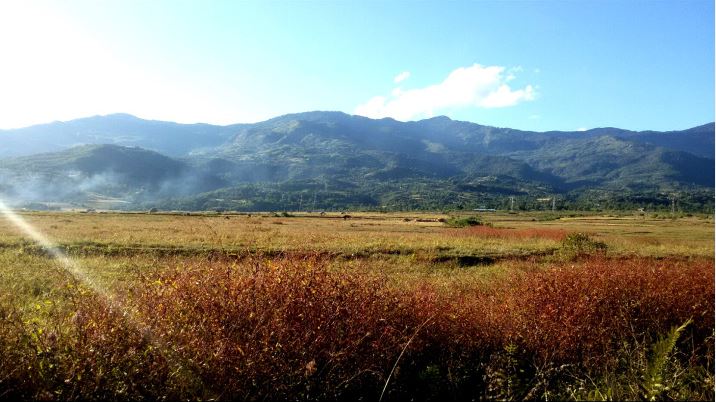
Driving through paddy fields
Home to Sangai, a rare species of deer and Siroy Lily, the only terrestrial lily grown on the hill tops of Siroi hill and it is the birth-place of Polo. Captain Robert Stewart and Lieutenant Joseph Sherer of British colonial era watched locals play this rules-based puluor sagolkangjei (literally, horse and stick) game in 1859, rules they spread as Polo, first to Calcutta and then in England. This is the place where Rajashree Bhagyachandra created the famous Ras Lila, the classical dance of Manipur, out of his enchanting dream by the grace of Lord Krishna.
Manipur is bounded by Nagaland to its north, Mizoram to its south, Upper Myanmar to its east and Cachar district of Assam to its west. Manipur is comprised of nine districts: Bishnupur, Chandel, Churachandpur, Imphal East, Imphal West, Senapati, Tamenglong, Thoubal and Ukhrul. Its people include the Meetei, Naga, Kuki, Pangal, Gorkhali and Bishnupriya Manipuri, who speak different types of Sino-Tibetan languages.
I visited clients in Churachandpur, Bishnupur, Imphal East, Motbung, and Saikul. During my field visits I had some of the best experiences which I will remember throughout my life. I got to drive past beautiful paddy fields which were surrounded by blue mountains.
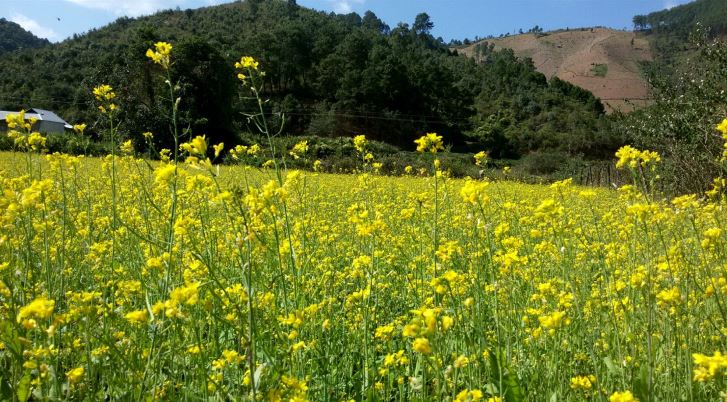
Driving through paddy fields
I also got to ride on a colourfully decorated ferry at Loktak Lake which is the largest fresh water lake in northeast India. Almost all the rivers in the valley area are in the mature stage and therefore deposit their sediment load in the Loktak Lake. I was blown away by the beauty of the place and I dreaded the ferry ride ending. It was a magical experience that I would never forget.
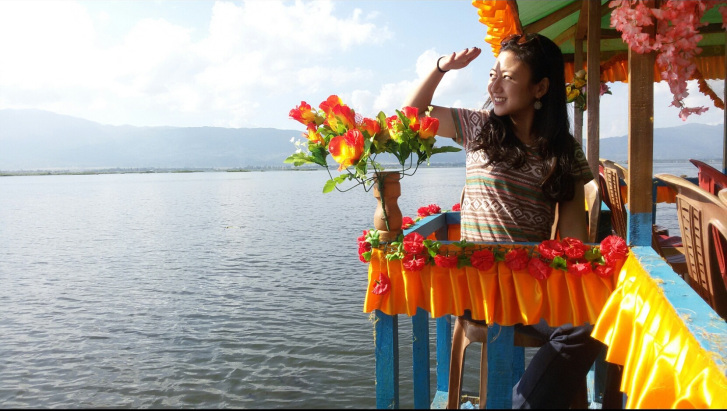
Bollywood pose at Loktak lake.

Chose the ferry with lots and lots of flowers.
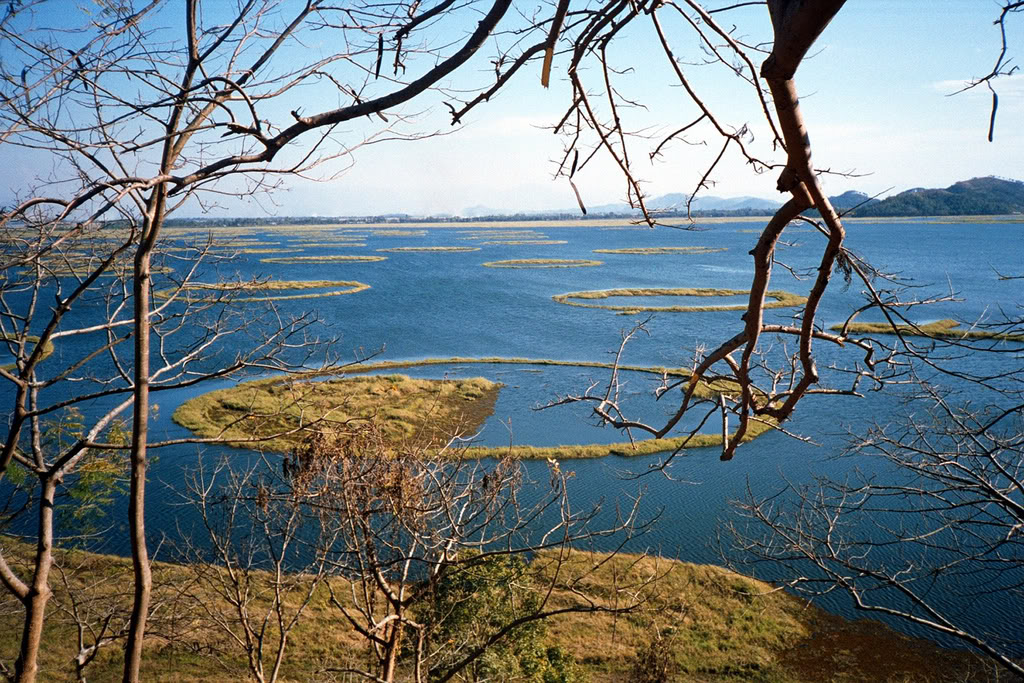
The breath taking view at Loktak Lake.
I also got to see the sacred Koubru Mountain which is the second highest peak in Manipur. It resembles the shape of a sitting elephant which I found absolutely adorable. A holy place for the people of Manipur. This is the mountain of origin of the various clans and tribes of Manipur. The most sacred place in Meitei folklore and religion.
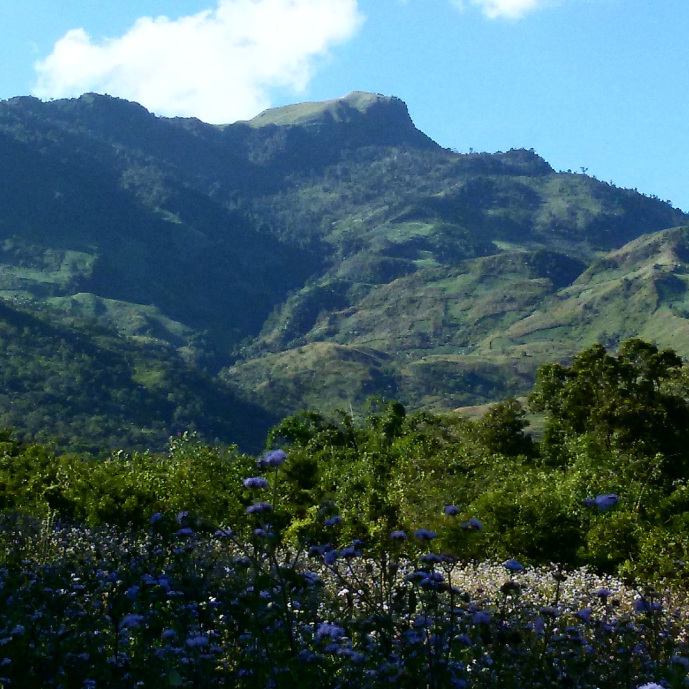
The sacred Koubru Mountain.
I visited Andro park where I tasted locally made rice beer for the very first time along with the popular singzu. Most of the time, the rice beer is offered to the deities before consumption, and needless to say, every celebration is pretty incomplete without serving rice beer. Singzu is chutney prepared from green vegetables, chick peas and fermented fish called ngari and is relished over the state.
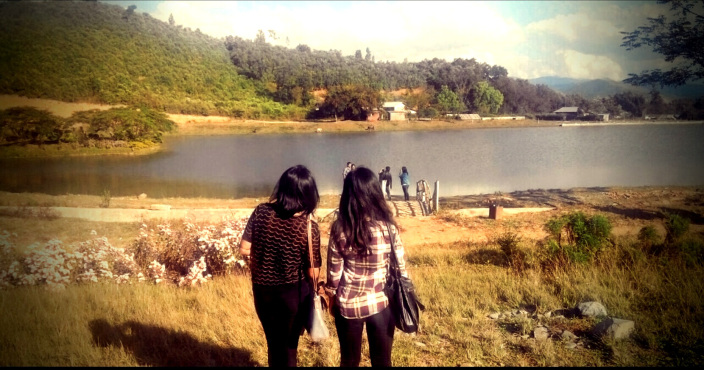
Andro Park.
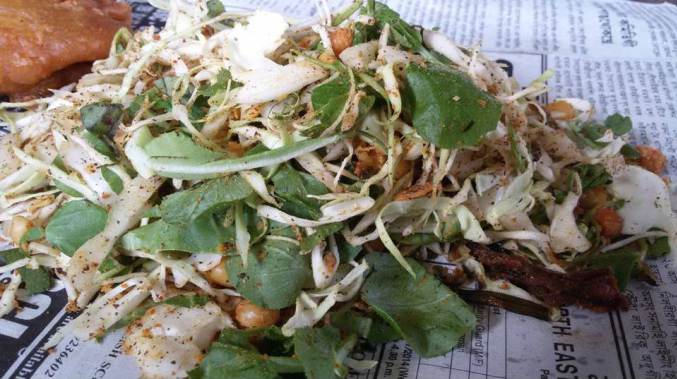
Singzu
I am hoping that I get to stay here long enough for the Sangai Festival which happens once every year during the month of November and I hope I get to spend my birthday here as well.
You May Be Interested IN